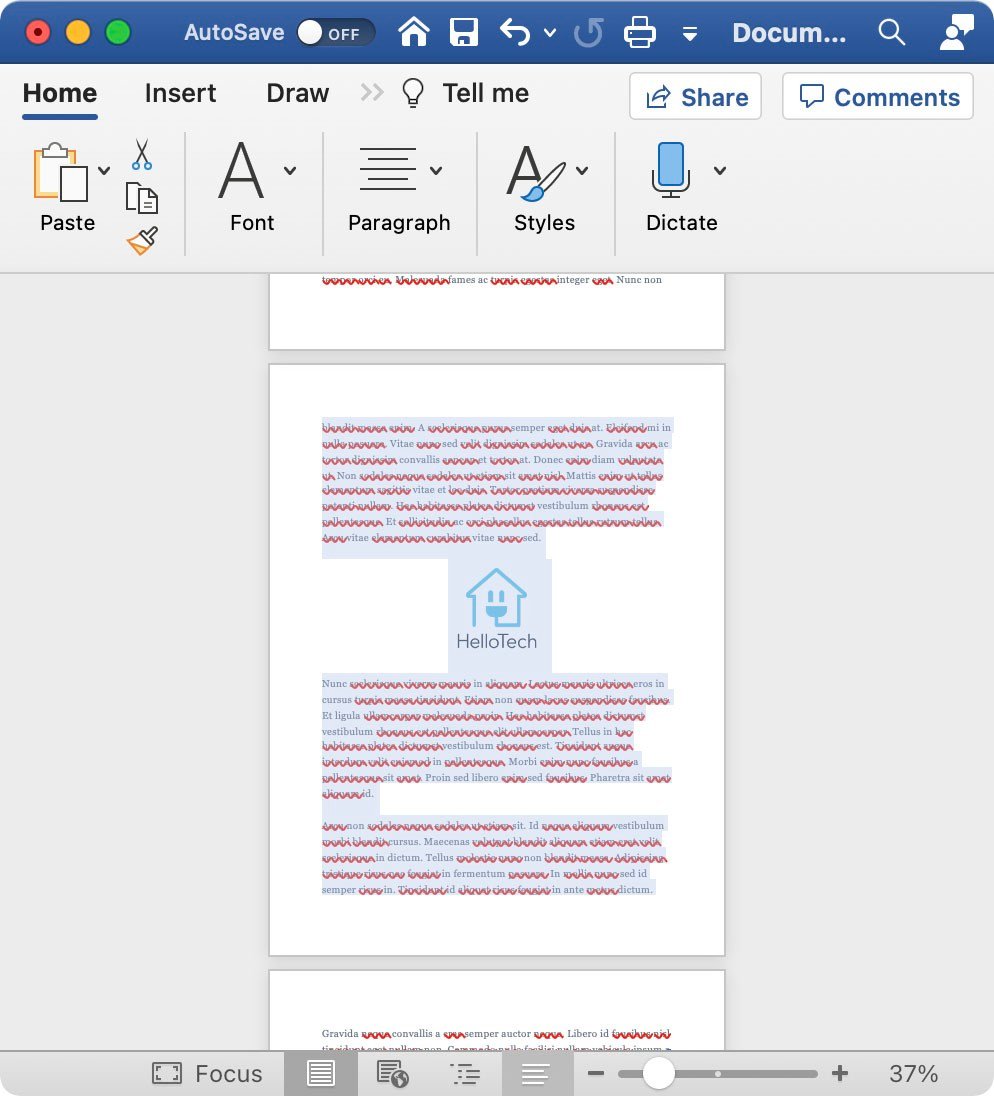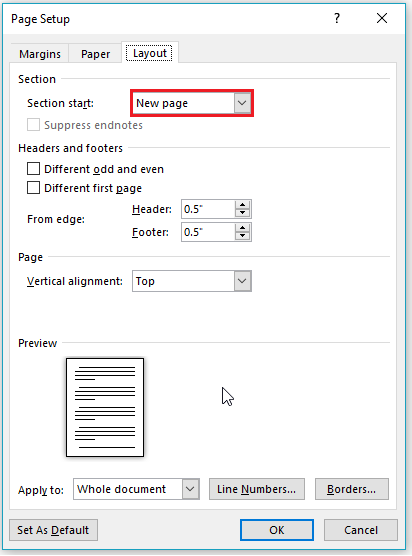
- CANNOT DELETE BLANK PAGE IN WORD MAC FOR MAC
- CANNOT DELETE BLANK PAGE IN WORD MAC MANUAL
- CANNOT DELETE BLANK PAGE IN WORD MAC MAC
It is a truely reliable and workable tool to help you recover Word document on Mac. However, if you lost your files and can't get them back with the Office features, then I suggest you use the Recoverit Word File Recovery Software.
CANNOT DELETE BLANK PAGE IN WORD MAC MAC
It doesn't matter which method you are using to perform lost or deleted Word files recovery on Mac as long as you can get your files back.

If you do not find them, that's because you have deleted them or clean up the folder. Usually, your Word document not saved promptly should be in the temporary folder on Mac. Select and save the unsaved Word documents you want.Find and open the TMP Folder named "TemporaryItems".
CANNOT DELETE BLANK PAGE IN WORD MAC FOR MAC
The last way you can resort to for Mac Word document recovery is to open Temporary folder with Terminal. Way 3TMP Folder: Recover Word Document Not Saved on Mac You have successfully recovered your file.Please bear in mind that you have to press the "Option" key while clicking "Go" in finder to be able to access "Library" folder which is usually hidden Access this path Finder/Go/Library/Application Support/Microsoft/Office/Office 2011 AutoRecovery.Now, what we're going to do is accessing that folder to retrieve your lost files. In this method, you don't need any Word recovery software.

Once again, try to Replace All once you test a few occurrences. Simply, ask Word to search for every occurrence of a hard return and, depending on the content, replace it with nothing (leave Replace blank) or possibly add a space. Microsoft Word has an auto save function, which saves your data in a specified folder. Next, it’s time to clean up the hard returns you want to remove from the document. The tables are equal sizes and when I shrink the space between still fit within the margins (I also expanded the margins to get it to stay on one page).For Word documents not saved promptly, there are also some methods to help get them back. I ensured they were column breaks not section breaks (like start a new page). I shrank the paragraph marker after the table to a size 1 font. I added a single line paragraph after the table merge to get Word to recognize the end of the document, but that didn't help either. I shrank the space between the columns to see if that would help (no luck there). I could probably write 4-5 more lines after the table before the next page would start. There is plenty of room after the table to add another paragraph. It will ultimately have a 3 column table at the end (that's the merge part). I have a document that is being merged into. Alas, neither of the tips you provided helped with my "table at the end of the page" challenge. I have used that tip several times to shrink the size of the page without shrinking the font (shrinking the paragraph returns between the lines. And I appreciate the comment about shrinking the last paragraph marker - that's a great tip. I only work with the non-printing characters turned on - so I can easily find those problems too. Thanks for commenting on the end of the page - non printing characters. (Word requires a paragraph mark at the very end of any document.) The best you can do in that situation is to highlight the ending paragraph mark and set it to a very small point size. This can be very helpful for figuring out why something doesn't look quite right in your document.Īlso, you should know that if the last thing in your document is a table, you won't be able to delete the last paragraph right after the table. When the tool is selected, you can see all the spaces, paragraphs, tabs, and other characters in your document-all the characters that normally don't show up on your screen. Just click the Show/Hide tool on the Home tab of the ribbon it looks like a backwards P. If you want to see the empty paragraphs that are at the end of your document-before you delete them-you can instruct Word to display non-printing characters. If it is located next to the last character you want printed in your document, you are done deleting. If None of that Works, Look at Your Section Breaks Next Page, Odd Page, and Even Page section breaks may create a new page in Word.

With paragraph marks turned on, you will be able to see the page break.
CANNOT DELETE BLANK PAGE IN WORD MAC MANUAL
You can tell when you are done by the position of the insertion point. If your blank page is in the middle of the document, it may be due to a manual page break. Then press the Backspace key until you have deleted all the non-printing characters (such as empty paragraphs). To delete the empty paragraphs, simply press Ctrl+End to go to the end of your document. Even though you can't see them on the screen (normally), they are there and take up extra space. If this is the case with your document, chances are good that you have a bunch of empty paragraphs at the end of your document.

When you print out your document, you may notice that a blank page or two prints out at the end of the document.


 0 kommentar(er)
0 kommentar(er)
